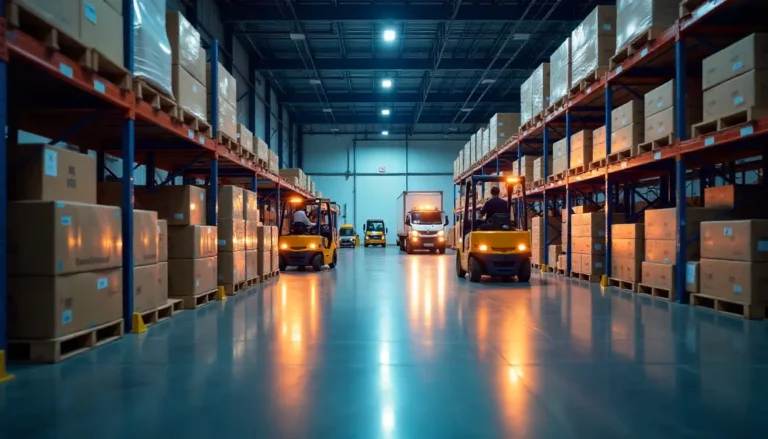
Multi-Modal Transportation in Supply Chains
In today’s complex and globally interconnected supply chains, relying on a single mode of transportation can be limiting and inefficient. Multi-modal transportation, the use of multiple modes of transport like road, rail, sea, and air to move goods, offers a strategic approach to optimizing supply chain performance. By leveraging the strengths of each mode, businesses can achieve greater efficiency, cost savings, and resilience.
Understanding Multi-Modal Transportation
Multi-modal transportation involves the seamless integration of different transport modes under a single contract. This approach eliminates the need for multiple contracts and simplifies the logistics process. The goods are typically contained in standardized units, such as containers, facilitating easy transfer between modes.
Key Benefits of Multi-Modal Transportation
Cost Optimization
- Combining modes like sea and rail for long-haul transportation can significantly reduce costs compared to solely relying on road or air.
- Utilizing the most cost-effective mode for each leg of the journey optimizes overall transportation expenses.
Increased Efficiency
- Multi-modal transportation minimizes handling and transfer times, reducing the risk of delays and damage.
- Standardized containers enable faster loading and unloading, streamlining the logistics process.
Enhanced Reliability
- Diversifying transportation modes reduces reliance on a single mode, mitigating the impact of disruptions like traffic congestion or weather delays.
- Integrating different modes provides flexibility and redundancy, ensuring timely delivery.
Reduced Environmental Impact
- Shifting long-haul transportation from road to rail or sea can significantly reduce carbon emissions.
- Optimized routes and fuel-efficient modes contribute to a more sustainable supply chain.
Improved Accessibility
- Multi-modal transportation can reach remote or landlocked areas that are inaccessible by single modes.
- Combining modes like rail and road enables seamless delivery to diverse destinations.
Increased Security
- Containerized transport enhances security by minimizing handling and reducing the risk of theft or damage.
- Integrated tracking and monitoring systems provide real-time visibility into the location and condition of goods.
Simplified Documentation
- A single contract for multi-modal transportation simplifies documentation and reduces administrative burden.
- Streamlined processes improve efficiency and reduce the risk of errors.
Greater Flexibility
- Multi-modal transportation allows for adaptation to changing conditions. If a road is blocked, then rail can be utilized.
- This provides a much more flexible system than a single mode system.
Implementing Multi-Modal Transportation
To effectively implement multi-modal transportation, businesses need to:
- Partner with Experienced Logistics Providers: Choose logistics providers with expertise in multi-modal transportation and a strong network of carriers.
- Invest in Technology: Implement tracking and monitoring systems to ensure real-time visibility and control.
- Optimize Routes and Schedules: Develop efficient routes and schedules that leverage the strengths of each transportation mode.
- Standardize Packaging and Containers: Use standardized packaging and containers to facilitate seamless transfers between modes.
- Ensure Proper Documentation: Maintain accurate and complete documentation to comply with regulations and ensure smooth transit.
Conclusion
Multi-modal transportation offers a strategic approach to optimizing supply chain performance. By leveraging the strengths of different transportation modes, businesses can achieve significant cost savings, improve efficiency, and enhance resilience. In today’s dynamic and demanding market, embracing multi-modal transportation is essential for building a competitive and sustainable supply chain.




